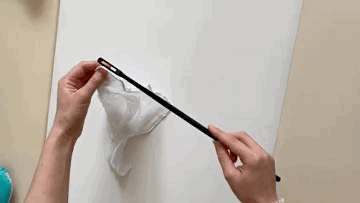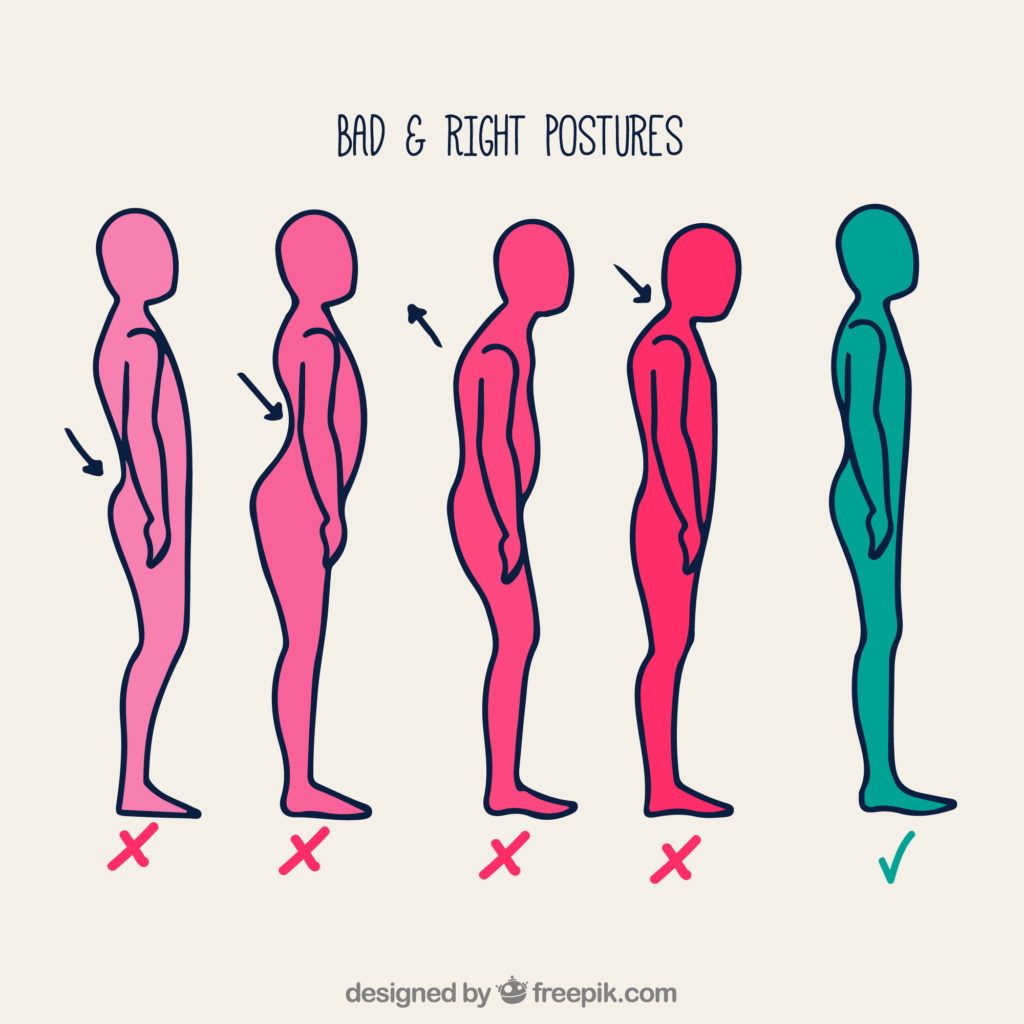We’ve all been there, we’ve had a stunning practice session the day before where our sound just seems perfect! And then we get up the next day to practice and our sound is to put it frankly.. awful! You feel as if you have lost control of your lips, support and just about everything. But how do we get it back? You obviously have not lost the ability to play with a good tone, so how do we fix this?
Here are some great tips to help get that beautiful sound back!
1. Clean your flute!

This may seem like an obvious one but make sure your flute is fully clean. I have seen this far too many times with students who have hastily put their flute back in the box after a practice session or even left it out on the side without cleaning it. Needless to say, dried saliva and everything else can effect how responsive your flute is so make sure this simple and vert easy step is complete first!
If you are not 100% clear on how to keep your flute clean then make sure to read my blog on how to clean your flute!
2. check that your posture is correct

Posture may also seem like another obvious one but if it is not correct it can negatively impact your tone. If you are tired and finding yourself hunched over then this is definitely somwthing you need to address. Usung a mirror in your practice sessions can be very useful as you may not even realise your posture is deteriorating throughout the day or even when you are tired before your morning coffee! The mirror can serve as an excellent reminder.
Optimal posture will allows you to be relaxed, breathe freely and use your support system correctly. Remember to have good posture you need to:
- Keep your shoulders relaxed, make sure they are not raised
- Your chin should be level, parallel to the floor.
- Your elbows should also be relaxed, not pointing up to the skky but equally not pushed close to your sides
3. Check that you are supporting correctly

Once you have sorted your posture then the next thing to check is that you are supporting the sound. This word is often thrown around by us flute teachers but are you sure you know what it means? We often talk about the diaphragm being in charge of our support. However, we cannot actually engage the diaphragm directly. In order to use the diaphragm we actually have to engage all of the abdominal muscles and your core muscles. By doing this you can ensure that your air stream will be steady and strong which in turn will mean your tone will be dramatically improved. This will also help you playing with vibrato.
4. Make sure you have enough air!

If you take in enough air your tone will automatically improve! How do we play the flute? By blowing air down the flute of course! Make sure to breathe fully into your lower lungs, shallow breaths are not enough to help you support. If you need some inspiration of breathing exercises then make sure to read last weeks blog post!
5. Check you’re not tense!

Make sure you are not tense! Any extra tension will mean your sound will suffer as your throat and jaw will not allow a free flow of air through. Without the free flow of air, even if you have taken that big breath as looked at above, then your sound will suffer. Make sure you keep your throat open and your jaw relaxed and dropped.
A helpful way to imagine having your throat open is to think about how it feels when you yawn! This is how wide we want it to feel when you are playing the flute!
Your jaw should also be relaxed, make sure you are not smiling! You can read more about the optimal embouchure here.
6. practice tone exercises

It is so important as well to practice your tone exercises to build up your strength in both the embouchure and supporting muscles. My favourites are the Marcel Moyse de la sonorite and also the trevor wye practice books.
Hopefully your tone makes an appearance soon! Happy practicing!
For more on flute practice check out our guide to practising scales.
